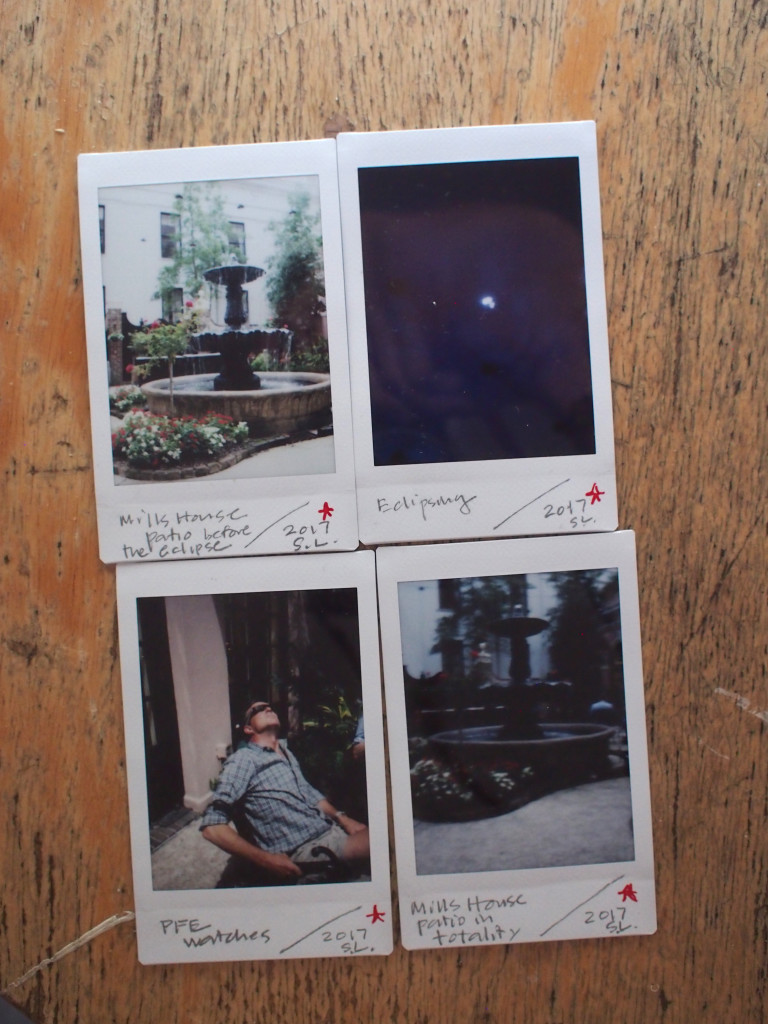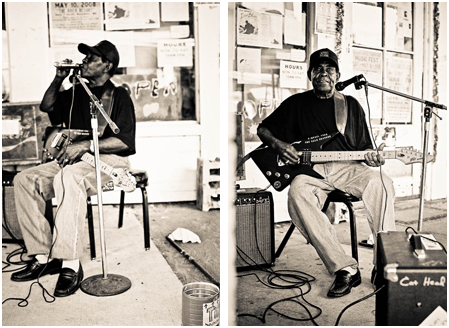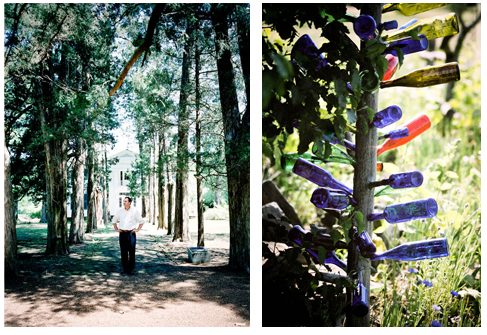In mid-January Peter Frank and I flew to Key West with our new travel bikes in our suitcases. It takes about 10 minutes to assemble them. We did, and then we pedaled everywhere, swam in a cistern-turned-pool, took a now-blurry champagne sail, and ate lots of Cuban food. It was all pretty wonderful for wintertime. Later I wrote a piece for Charleston Magazine, excerpted here…
“I hear they’re buying up lots, and then… they’re going to come in and make it into a beauty spot for tourists.”
That’s what Albert and Captain Harry were saying about Key West, griping a bit while they sat around a bar on the farthest of the chain of islands that trail from southern Florida, stretching to within 90 miles of Cuba. Local fisherman Harry Morgan, a “Conch,” had lost an arm in a Cuban rum run gone bad, and the two men were considering a new contraband scheme to make money. Their conversation was part of Ernest Hemingway’s 1937 novel “To Have and Have Not.” And here I was, reading that chapter some 70 years later, while a very flat-faced, six-toed cat looked up at me from the patio of the one-time homestead of Papa Hemingway himself. (That variation passed down, it’s said, by the writer’s own cats.)


I’d come to Key West for some of the salt and flavor of a Hemingway novel, sure. And having visited before, knew to also expect plenty of T-shirt stores, the busy bars and boulevard, and the carnival-like scene at every sunset. Key West is definitely all of that, and draws on average about 20,000 tourists by car, boat and plane each day. But often on a recent four-day visit there, it wasn’t what Key West was, but what it wasn’t that was so pleasing. The 4.2-square-mile island was as noisy and colorful as anyone could want – the fire jugglers and acrobats, the beer stands with $2 go-cups to carry along Duval Street, the cross-dressing cabaret shows, the loud rock bands in clubs wide open to the street.
In many places, though, it was easy enough to pedal a block or two and find real tropical beauty and quieter character – we’d brought bicycles, the recommended transport for compact Key West. Pedaling or walking along, we’d often be on a side street and it would be just us and one or two of the island’s gypsy chickens (the bright fowl perch on rooftops, and strut along fences and sidewalks everywhere), or we’d get to a beach to find only a few other swimmers and sunbathers there. Collecting these scenes in my mind each day, I started to see Key West as more than a place to try to find the bars and masculine grit of Hemingway, or to watch or be part of the crazy-decadent parade on Duval. This time, Key West also gave me some of the feel that the most southerly island has possibly offered others since the United States purchased it in the 1820s from a Spanish colonial governor in Havana.
 At Ana’s Cuban Café, a woman (Ana herself?) drilled a hole in a green coconut to pair with a bowl of fish soup with plenty of peas, carrots, turmeric and peppers ($6.50 with rice, bread, and the coconut).
At Ana’s Cuban Café, a woman (Ana herself?) drilled a hole in a green coconut to pair with a bowl of fish soup with plenty of peas, carrots, turmeric and peppers ($6.50 with rice, bread, and the coconut).
Three nights in a row I floated in a tile-edged pool after dark – an old cistern, they said – in water warmed to over 90 degrees, and looked up through palm trees at the stars. Twice, I was the only one in the pool. And the one night when two other couples were also there, I dunked under to swim, and heard nothing but the sound of bubbles – not even a rooster crowing. It was magical.Reflecting on Hemingway’s words, I think becoming “a beauty spot for tourists” was a certain destiny for Key West. What else could the warm, sunny island become – positioned where it is as far south as a person can drive – in a land of people who always want to go as far as they can?
– Sandy Lang, April 2007










 At Ana’s Cuban Café, a woman (Ana herself?) drilled a hole in a green coconut to pair with a bowl of fish soup with plenty of peas, carrots, turmeric and peppers ($6.50 with rice, bread, and the coconut).
At Ana’s Cuban Café, a woman (Ana herself?) drilled a hole in a green coconut to pair with a bowl of fish soup with plenty of peas, carrots, turmeric and peppers ($6.50 with rice, bread, and the coconut).